Allied health professions LifecurveTM survey: report on respondents with communication support needs
Provisional analysis of findings from a major survey of clients of allied health professionals (AHPs), focused on survey respondents who reported having communication support needs.
7. Demographics
Respondents' basic demographic information is outlined below.
7.1 Age
Age data was available for 41% (n=1196) of respondents with communication support needs, and for 43% (n=4533) of respondents without communication support needs.
The age profile of all survey respondents was compared with the equivalent population of Scotland (age 18+) using the most recent mid-year population estimates (National Records of Scotland, 2018a), as shown in Figure 2 below. Survey respondents had a relatively older age profile compared with the population of Scotland, which is likely to reflect attendance at AHP clinics.
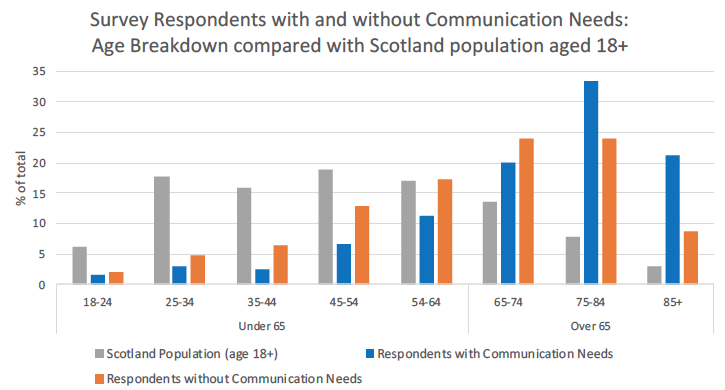
Figure 2: Survey respondents with and without communication support needs: by age and compared with the Scotland population
Survey respondents with communication support needs had an older profile than those without, as shown in Figure 3 below, which contrasts respondents aged under and over 65. 75% of respondents with communication support needs were aged 65+, compared with 57% of respondents without. This could reflect the greater likelihood that people aged 65+ will have age-related changes to one or more of vision, hearing or speech, all of which can impact on communication support needs. Respondents with communication support needs might also have more complex medical presentations than those without, resulting in higher proportions requiring access to AHP services. The available data does not enable exploration of the underlying factors in more detail.
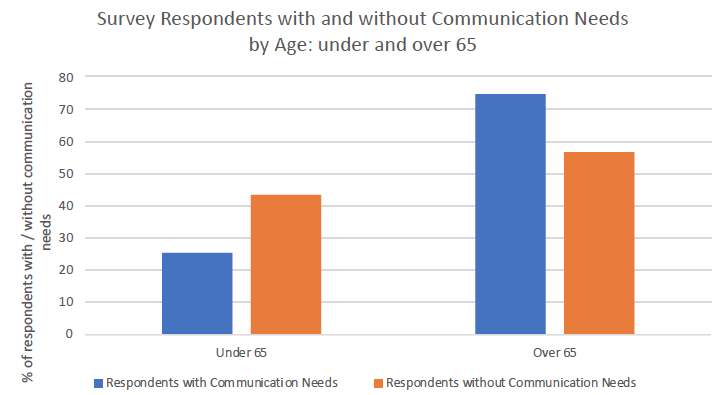
Figure 3: Survey respondents with and without communication support needs by age: under and over 65
7.2 NHS Board and Health and Social Care Partnership
NHS Board information is available for 92% (n=2657) of respondents with and for 93% (n=9775) of respondents without communication support needs. Partnership area is available for 68% (n=1958) of 'yes' respondents, and 65% (6794) of 'no' respondents.
The overall profile for both respondent groups was very similar, therefore only respondents with communication support needs are shown in Figure 4 below. The largest proportion came from Greater Glasgow and Clyde NHS Board (19%), with the smallest from Orkney NHS Board (<1%). The variation across NHS Boards probably reflects a combination of population and AHP distribution across Scotland, as well as local AHP interest in the survey. As discussed earlier, full data for all boards was not available for this analysis. The full breakdown of available data from Boards and Partnerships is shown in Appendix 3.
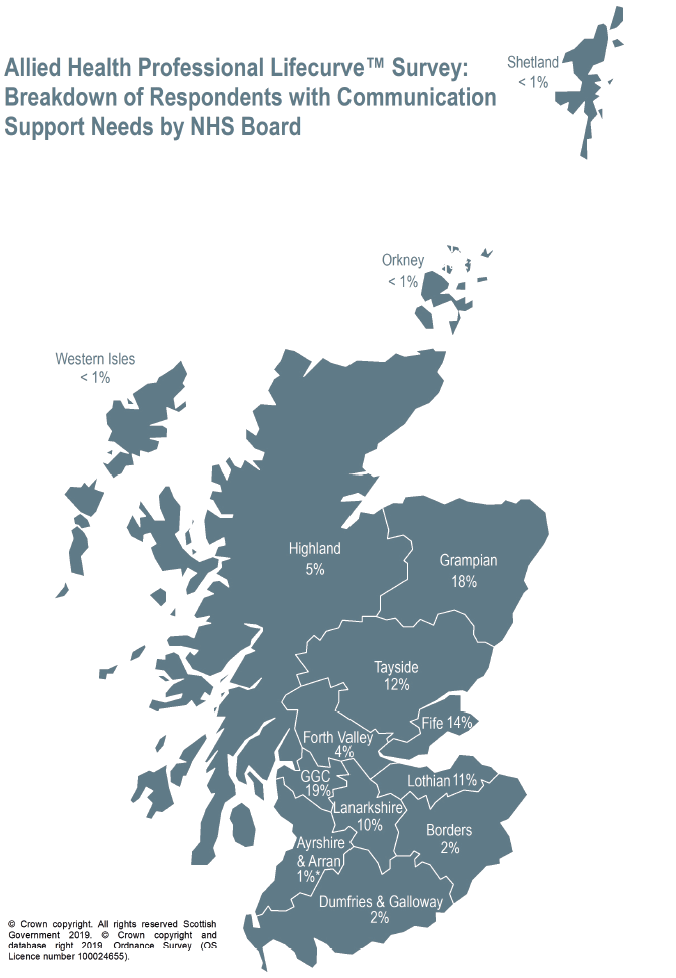
Figure 4: Survey respondents with communication support needs: percentage breakdown by NHS Boards
7.3 Urban-Rural Classification
Urban-rural data was available for 33% (n=960) of respondents with and 34% (n=3529) of respondents without communication support needs.
Respondents were categorised using the Scottish Government's 6-fold Urban Rural Classification, which classifies local areas according to their population density and accessibility.
Of the respondents with communication support needs, 71% live in 'large urban areas' or 'other urban areas', and 16% live in 'accessible rural' or 'remote rural' areas. Their profile is very similar to people without communication support needs, and to the equivalent population of Scotland (age 18+) using the most recent population estimates (National Records of Scotland, 2018b), as shown in Figure 5 below.
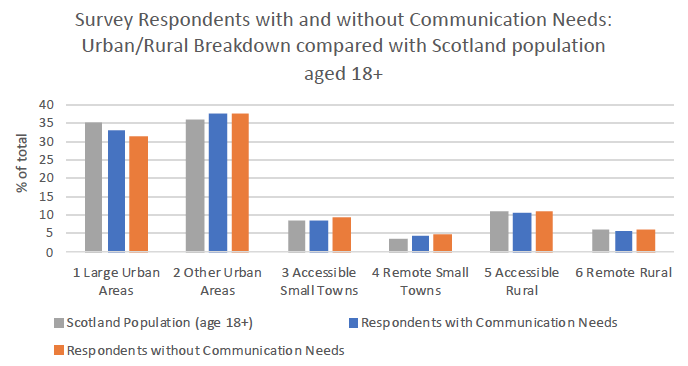
Figure 5: Survey respondents with and without communication support needs: by urban-rural classification and compared with the Scotland population.
7.4 Scottish Index of Multiple Deprivation (SIMD)
The Scottish Index of Multiple Deprivation (SIMD) is an area-based, relative measure of deprivation across Scotland, which combines seven measures of deprivation into a single index (Scottish Government, 2016). Scotland is split into 6,976 small areas called 'data zones', with roughly equal populations, which are ranked on this combined index, with 1 being 'most deprived' and 6976 being 'least deprived'. These areas can also be divided into deciles, with decile 1 comprising the 10% most deprived and decile 10 comprising the 10% least deprived small areas in Scotland.
As with urban-rural data, SIMD data was available for 33% (n=960) of respondents with communication support needs and 34% (n=3529) of those without.
Respondents with and without communication support needs had relatively similar SIMD profiles, and were distributed relatively evenly across the SIMD deciles, as shown in Figure 6 below. For this purpose it is assumed that approximately 10% of the Scottish population lives in each decile, so that comparison is not shown in this chart.
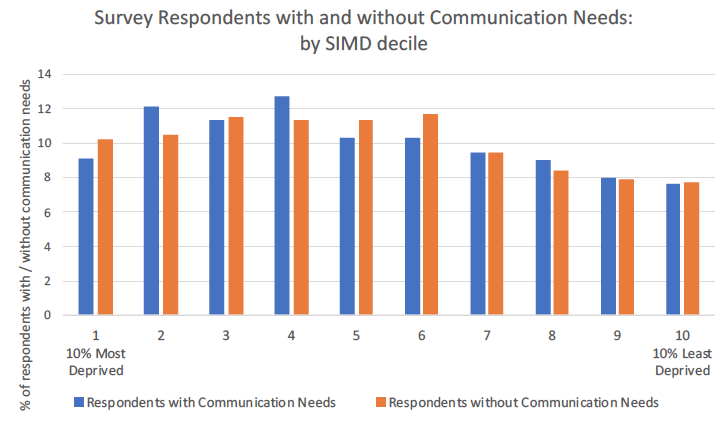
Figure 6: Survey respondents with and without communication support needs: by SIMD decile
Contact
Email: debbie.sagar@gov.scot
There is a problem
Thanks for your feedback